
By: Timothy W. Shire

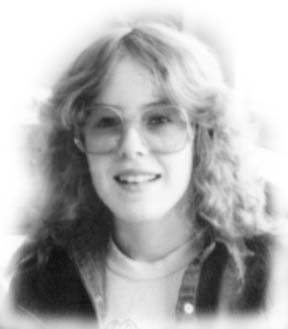
Humans are extremely communicative beings, so much so that it is instinctually a part of every person to smile, when an infant baby smiles he or she does not have gas, their imprinted internal programming has kicked in and that curl of the lips and tightening of the eye area is designed to demonstrate, to who ever is looking, that this new individual is pleased.
We have also a huge set of predetermined and well established responses to other human faces and even to facial types. The picture at the top of the page and Twila's charming face have the characteristics that all of us are preprogrammed to recognise as pleasing. The button nose of a baby and the soft texture, are baby like features. Humans are programmed to respond to these facial features to insure that we look after our children and in grown, or growing adults, we recognise these attributes as beauty.
What is really surprising is that you, or anyone, can look at a face or even a picture of a face, and attribute to that person
Of course human sexuality comes into play and as you will notice in this article, I will illustrated my points with far more female faces then male ones. Simply because of the way my own specific biological makeup is constructed and that comes through in my interpretation of the faces I see. As a heterosexual male, I am programmed both before and since birth, to respond positively to female characteristics. The first face I saw was female and that face provided and looked after me in every way and I will not ever forget that face and what it means to me, so is it with us all.

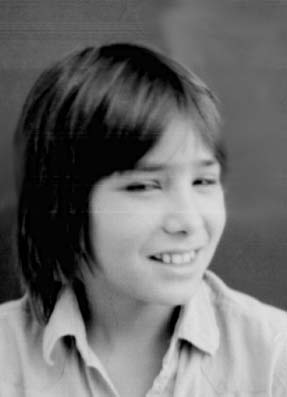
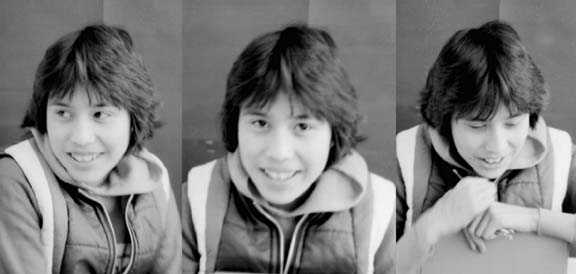
She was not an enthusiastic student, but because her principal treated her with kindness and concern, she was always so willing to please me and always greeting me with this wonderful smile. One day, she and another girl skipped classes and played hooky. They were brought to the office and I listened to their story and was completely charmed by them. As they left the office, my secretary who knew well that I was not doing these girls any service by not getting after them, for she knew well the value of education, and she herself was Ojibwa, gave this girl and her companion a serious talking to, pointing out, that their smiles and coy looks, would not impress her.
After my secretary had done the duty I should have performed, she expressed her concern to me, that these girls were pulling one on me and I had to agree, because both they and I wanted them to. I was quite aware that this girl was not destine for extended academic work at this time in her life and wanted her experience at school to be positive and if she could positively use her human manipulation skills, that was fine with me.
It was a couple of years later, that I met and read the work of Robert Sternberg, who established three distinct kinds of modifiable intelligence. Cognitive calculation and analysis, reasoning and recombinative ability and the most interesting one, the ability to deal with and handle other human beings. This face above, was well on her way to mastering the third form of effective intelligence.
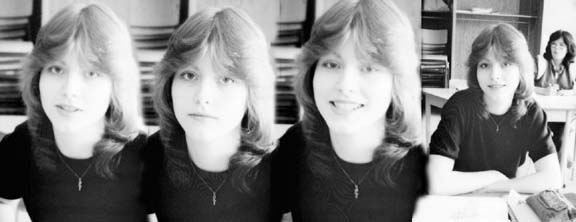
Beauty is a real thing, it consists of two important elements. The first and least important, is to have average features and a well balanced symmetrical face. Recent studies conflict on this point. One large study found that people who go into the entertainment industry have balanced features (left is the mirror of right). But a recent British study did not come to the same conclusions, so it would appear that more study on this one is needed.
The most important factor that makes a person beautiful is that they perceive themselves as attractive. Parents who praise their children and significant others who reinforce the child's belief, the child will respond by acting and playing close attention to their appearance. But more importantly to the way they present themselves, their body language, posture and poise will reflect their positive image they have of themselves. You don't need to see four images of this girl side by side to agree with her parents.
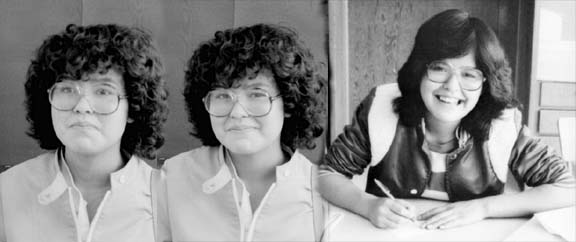
This face is that of a Kaska girl and though her smile is easy to read, we should not go further then there, as it takes a lifetime to master the expressions of the people closest to us. For this 75% reason, marriage counsellors will tell you to marry close to home and within your own cultural heritage. Otherwise, spousal communications will be far more complicated and require far more effort then most people are willing, or able to commit. Much of the life together of people from mixed cultural or geographical locations, is spent explaining what they mean by this or that.

